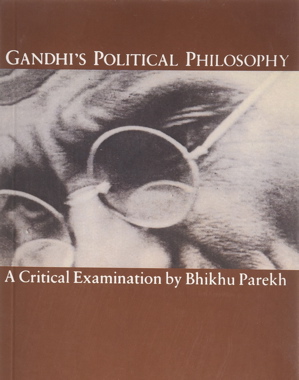Shelley Douglass: Living for Peace in the Shadow of Death
“The destruction of creation and its creatures is done in the name of profit, convenience, and wealth. The truth is that capitalism is poison, and we are its victims.” Shelley Douglass
The path of nonviolence is a lifelong journey that leads in unexpected directions to far-distant destinations. One of the most meaningful milestones on Shelley Douglass’s path of nonviolence came on Ash Wednesday, Feb. 16, 1983, when she walked down the railroad tracks into the Bangor naval base with Karol Schulkin and Mary Grondin from the Ground Zero Center for Nonviolent Action.
As the three women walked down the tracks used to transport nuclear warheads and missile motors into the naval base, they posted photographs of the atomic bomb victims of Hiroshima and Nagasaki — a prophetic warning of the catastrophic consequences of Trident nuclear submarines. The photos revealed the human face of war, the face of defenseless civilians struck down in a nuclear holocaust. The women continued on this pilgrimage deep into the heart of the Trident base, until security officers arrested them an hour after they began.










